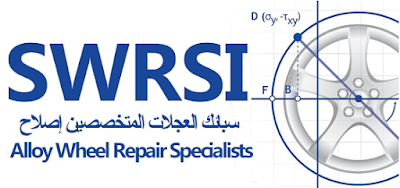
Roads in the Philippines are unpredictable, especially in the island provinces south of Manila and the National Capital Region. Smooth today and littered with potholes or plain destroyed the next. Trucks and SUVs are a way of life here, and it’s one of the reasons my family hasn’t bought a sedan, hatchback, or wagon since the late 1990s when we had a B13 Sentra, which replaced our previous B12.
Since then, pickup trucks and SUVs have been the norm; that included multiple Nissan Patrols, Pathfinders, and a previous-generation Navara, known as the Frontier in the U.S. During a recent trip home to the Philippines, I had the opportunity to drive the NP300 Navara, Nissan’s global midsize pickup that I can say definitively should’ve replaced the current Frontier.


Unlike most body-on-frame midsize trucks, the Nissan Navara has a coil-sprung rear suspension instead of leaf springs. As a result, like the Ram 1500, it rides exceptionally well, absorbing every road imperfection without bouncing around like an ox cart when empty. It turns surprisingly well, too, offering good body control for a vehicle of its type. Unfortunately, the steering is slow, making the Navara feel hefty and slightly lazy when rushed. Get the truck off the pavement and it’s equally at home there, too. It has enough ground clearance and a generous departure angle to crawl through most obstacles without risking damage to the underbody. Want to go fast on a gravel road? It’s got the chops for that, too, thanks to its stability and that coil-sprung rear suspension.
In Asia, the Nissan Navara comes with a 2.5-liter turbodiesel I-4 creating 188 hp and 332 lb-ft of torque. Philippine-spec trucks can be had with either a six-speed manual gearbox or a JATCO-sourced seven-speed automatic like the one I drove. Significant turbo lag means you must wait a little for power to come on, but once it does, there’s prodigious torque for passing. It never feels like it’s lacking, even at high speeds where it cruises effortlessly. The seven-speed automatic upshifts at a reasonable pace, but it’s slow to kick down, and there isn’t a Sport mode to improve responsiveness.
A crew cab with a 5-foot bed is the only configuration available on the Nissan Navara, which makes it more of a lifestyle pickup truck a la Honda Ridgeline than a work truck like a Chevrolet Colorado. The cab has plenty of space for front and rear passengers.
Quibbles? It could use more small item storage spaces for your mobile phones and better interior material quality because there’s a little too much hard plastic in the cabin. There’s noticeable wind buffeting coming from the A-pillars at highway speeds, and the standard all-terrain rubber creates prominent tire noise. An updated NissanConnect infotainment system with an 8.0-inch touchscreen and smartphone integration was recently added to the Navara, but the truck I drove only had the base 5.0-inch display, which is both older and slow and cumbersome to use, even when stopped.
It’s a shame that the U.S. didn’t get the Nissan Navara as its new Frontier back in 2014. The combination of style, a balanced chassis, and roomy cab would’ve made it an excellent competitor to rivals from Toyota, Ford, Honda, and Chevrolet, even with just one configuration. The lack of a long-bed option remains the biggest downside for the Navara, especially in the U.S. where trucks of all sizes are used in the workplace. Other than that, the Nissan Navara is a textbook example of forbidden fruit: a wonderfully solid pickup truck that Americans will never get the chance of owning unless they move to Europe, Asia, Latin America, or Australia.
The post Nissan Navara Forbidden Fruit Drive: A Missed Opportunity appeared first on MotorTrend.
Source: WORLD NEWS
